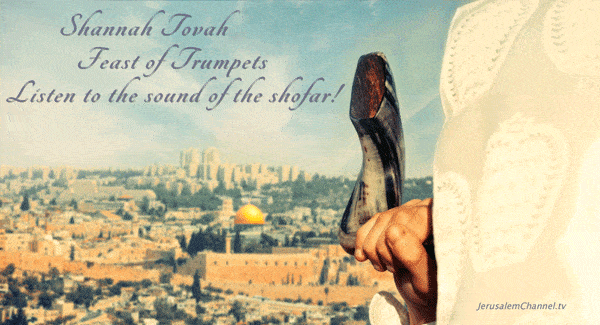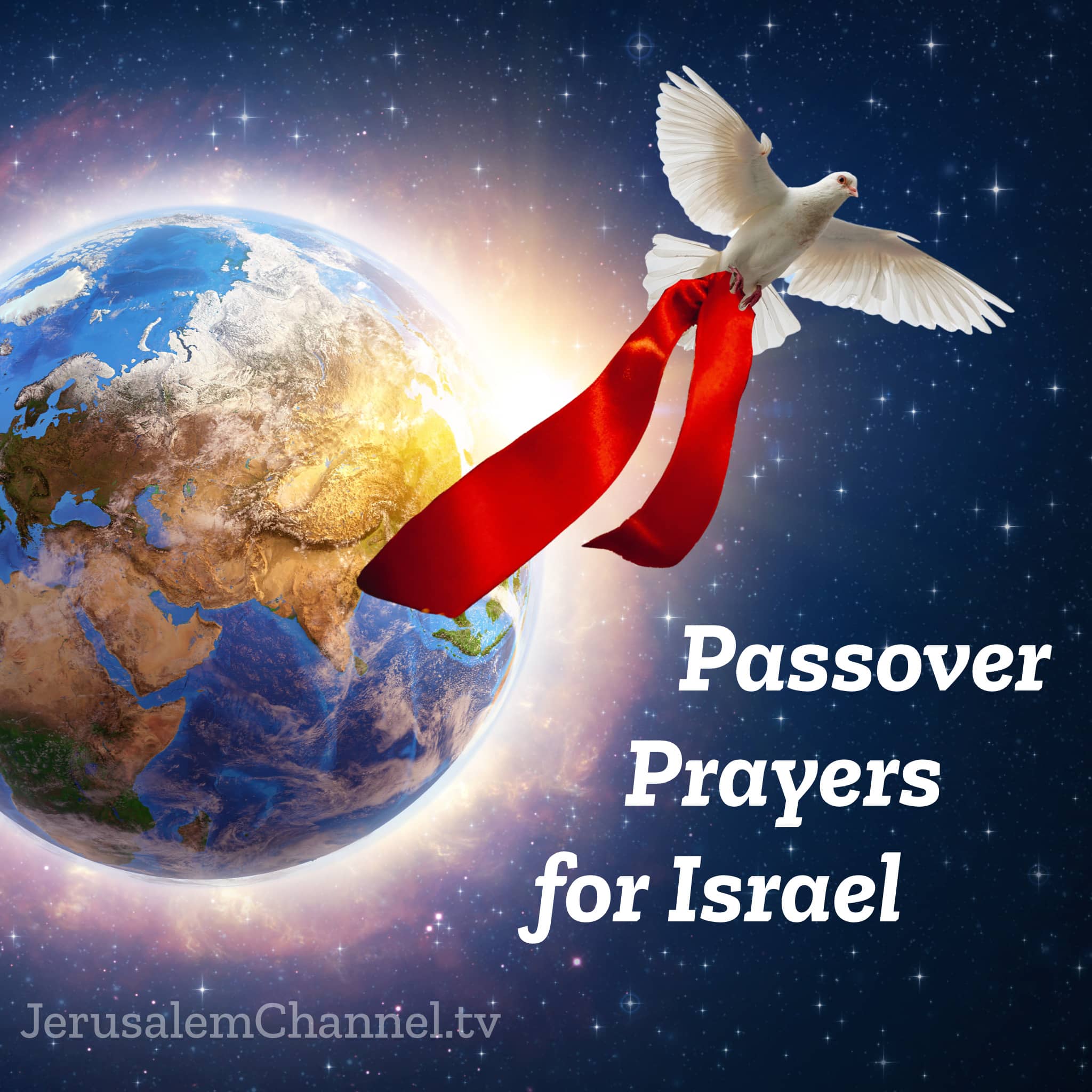”
By John David Pitcher Jr., MD
He Willingly Took Our Punishment: The Intersection of Purim and Passover
Take a close look at Michelangelo’s “Punishment of Haman” on the ceiling of the Sistine Chapel. Haman, the villain of Purim, is being crucified.
Haman placed judgment upon the Jews who were unwilling to bow down to him and then took the judgment that he made upon himself, albeit unwillingly.
The Greek word for “crucify” (transliterated stauroow) is only used once in the Septuagint (LXX), the Greek translation of the Hebrew Bible formed by 70 Jewish Rabbis around 250 B.C. That sole use in the LXX is in the Book of Esther in Esther 7:9. (It is used 45 times in the New Testament, eight times by Paul.)
(The Greek word “cross” transliterated stauros is closely related to the word “crucify”.)
The one time that the word “crucify” is used in the Septuagint contextually gives the meaning to the word for the First Century writers of the New Testament. Note the English translation of the Greek in Esther 7:9 of the LXX:
“And Harbonah one of the eunuchs said to the king, ‘Behold, Haman prepared even a tree for Mordecai, to the one speaking for the king, and it was set straight up in the places of Haman–fifty cubits.’ And the king said, ‘Let him be crucified upon it!'”
Its use in Esther 7:9 records an event that occurred on Nisan 17 in the Hebrew calendar, three days after the Passover and the date of the Resurrection of the Messiah. On the date Haman died a brutal death on a cross, unwillingly taking the judgment he gave to the Jews who were unwilling to bow down to him, the Messiah rose from the grave having willingly died a brutal death on the Cross for those that would willingly bow down to him.
Messiah rose on Nisan 17.
Haman was unwilling. Messiah was willing.
Haman had those unwilling to bow down to him. Messiah has those willing to bow down to him.
The Book of Galatians in the New Testament is a midrash of Exodus. (A Midrash is a commentary on the Hebrew Scripture.) Paul uses 297 words in sectional order (there are 2230 Greek words in Galatians) to comprise the framework of the midrash of Exodus. In his midrash of Exodus, he uses the word “crucify” three times (Galatians 3:1; 5:24; 6:14).
Moreover, he overlays nine first use or sole use words from Esther in Galatians creating overlaying midrashim of both Exodus and Esther in the New Testament book of Galatians. (To my knowledge the term overlaying midrashim has not been used before.)
Galatians 3:1-10 is a midrash of Exodus 12:15-23. Eight words are used multiple times in both of these sections of the Midrash and the Source Text. In Galatians, while midrashing the Passover lamb described in Exodus, he personifies it and describes the Passover Lamb, Jesus (Yeshua is the Hebrew pronunciation) clearly portrayed as crucified. (Galatians 3:1)
Galatians 5:22-6:7 is a midrash of Exodus 33:1-34:17. Seventeen words are used multiple times in both of the sections of the Midrash and the Source Text. In Galatians, while midrashing those that have willingly bowed to Messiah have crucified the flesh (Galatians 5:24), there are nine uses of the word “grace” in Exodus.
Galatians 6:14-18 is a midrash of Exodus 40:16-38. Three words are used in both of the sections of the Midrash and the Source Text. In Galatians, while midrashing the world has been crucified to those believing in Messiah and they to the world (Galatians 6:14), the Tabernacle is recorded as having been raised on the first day of the first month, Nisan 1, the anniversary of Creation with all its elaborate utensils and the cloud of the LORD was above the tabernacle by day and fire over it by night in the sight of all Israel throughout their journeys. (Nine months, the time frame of gestation, after arriving at Mount Sinai, Exodus 19:1.)
That is, Messiah clearly willingly took upon himself the judgment of those that would willingly bow to him, as the Passover Lamb. They receive grace in all their journeys. By using the word “crucify”, a sole use word in the LXX, Paul points to its use in Esther 7:9.
This is the intersection between the Jewish celebration of Purim and the Feast of Passover. Yeshua the Messiah has taken judgment that he will place on all that would put their trust in Him and willingly bow to him and accept his grace for their lives and become a new creation. (2 Corinthians 5:17)
For all others, they will have to bear their own judgment.
Have you accepted the grace that the Messiah offers you today? Place your faith in him to take the judgment that you deserve for sin. He is the Passover Lamb that was slain from the foundation of the world (Revelation 13:8). How is that possible? Because Messiah set out to die at the dawn of Creation for those that would willingly bow to him, for the Lord is not slow concerning his promise, as some count slowness; but he is patient with us, not wishing that anyone should perish, but that all should come to repentance. (2 Peter 3:9)








Leave A Comment